caolsen
Brilliant_Rock
- Joined
- Feb 21, 2010
- Messages
- 1,488
My apologies to you OP!!!
It's perfectly "acceptable" in this forum to use this terminology.
I feel strongly that the verbiage is incorrect...but it is what it is
I love great cuts as much as anyone! The "optimized" versions? Not so much always.
I agree that there's a proliferation of badly cut Fancy Shapes on the market....but part of the issue is that there's no easy way to agree upon what's "best".
A stone that I might consider super well cut....might look horrible on ASET.
Might have leakage.
Might have a dozen other things that can cause consternation in PS think.
What's the most important C????
We all know the stock answer on PS for that question. It's Cut of course.....but who determines which cut is the best in fancy shapes?
SO..... yet again, the words used to discuss fancy shape cuts are prejudicial.....
This. All day long. Is a Monet a perfect representation of human form? Nope. Did Van Gogh paint his Sunflowers with photo realism? Double nope. Are they beautiful peace’s of art that make one’s heart sing. Yes. Hence why I don’t care a fig for ASETs.

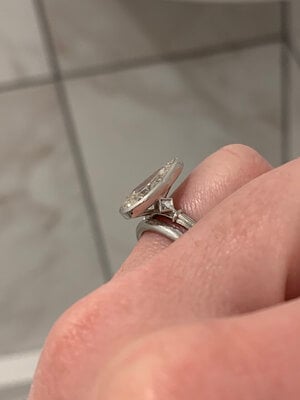
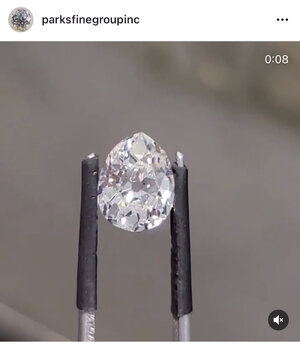

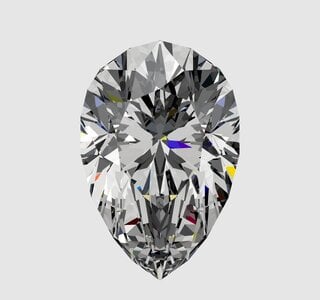
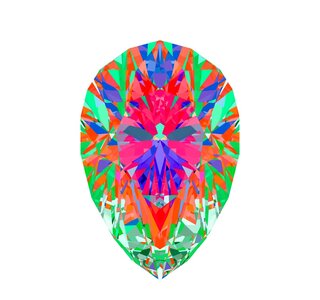
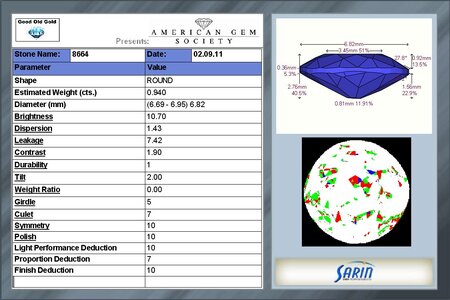


300x240.png)